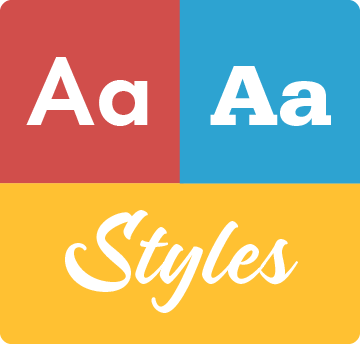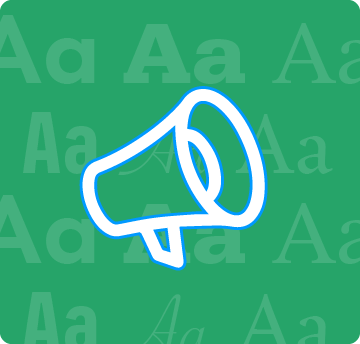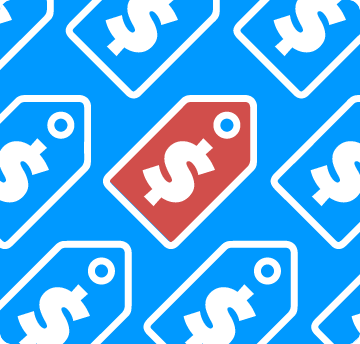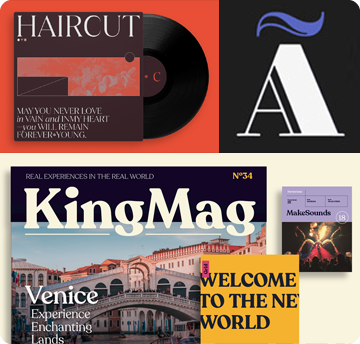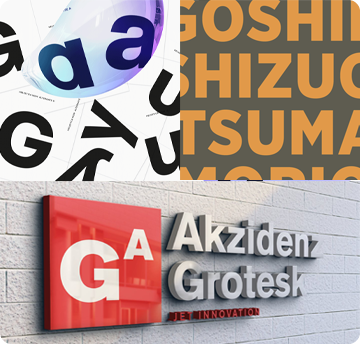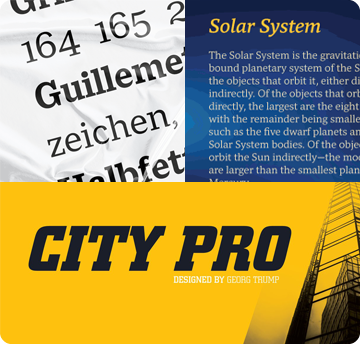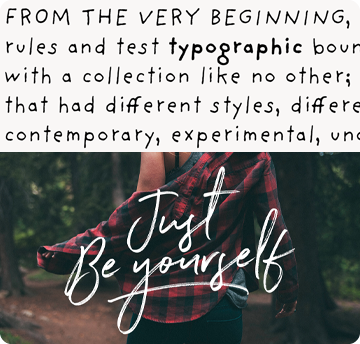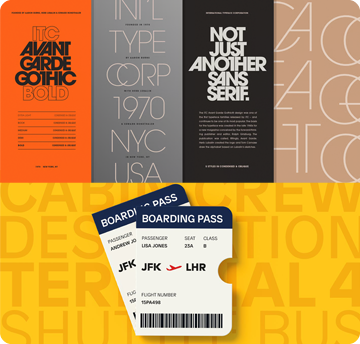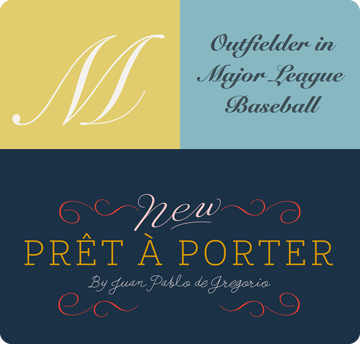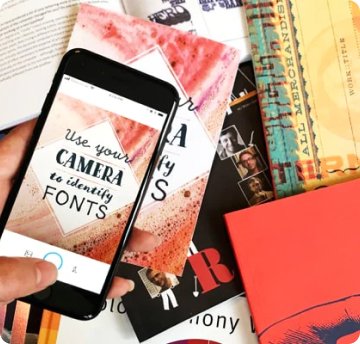Sélectionnez ce type de licence lorsque vous développez une application pour iOS, Android ou Windows Phone et que vous intégrez le fichier de fonte dans le code de votre application mobile.
HTF Didot™
par Hoefler & Co.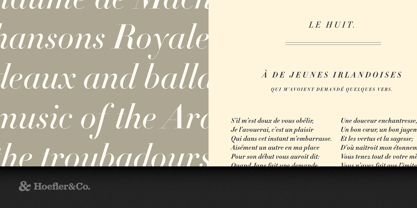
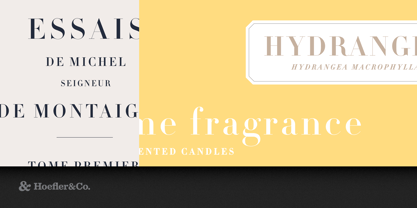
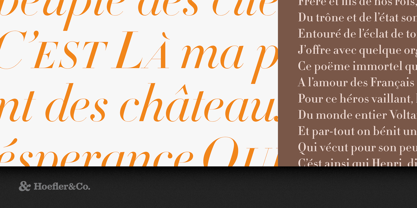
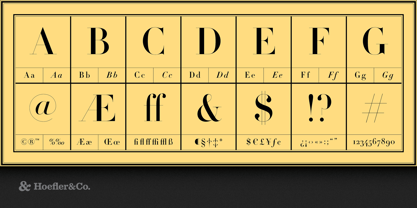
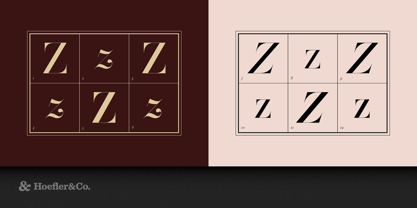
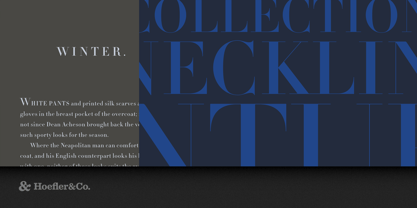
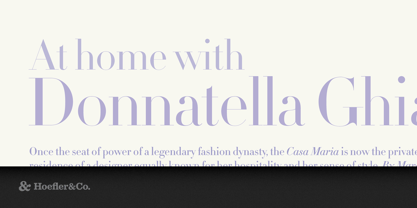








- Aa Glyphs
-
Meilleure offreOffres familiales
- Styles individuels
- Spécifications techniques
- Licences
Basic typesetting
Letter case
Numerals and scientific typesetting
Typographic variants
Réinitialiser
-
HTF Didot L06 Light
-
HTF Didot L06 Light Italic
-
HTF Didot M06 Medium
-
HTF Didot M06 Medium Italic
-
HTF Didot B06 Bold
-
HTF Didot B06 Bold Italic
-
HTF Didot L11 Light
-
HTF Didot L11 Light Italic
-
HTF Didot M11 Medium
-
HTF Didot M11 Medium Italic
Par style :
$7.47 USD
Paquet de 42 styles:
$314.00 USD
À propos de la famille HTF Didot Police
Created for “one of the most dramatic magazine reinventions in history,” HTF Didot honors a heroic period in French typographic history.
The HTF Didot typeface was designed by Jonathan Hoefler in 1991. A design in the ‘modern’ genus, whose rationality and precision suggests engineering rather than penmanship, HTF Didot pays homage to the French neoclassical typefounder Firmin Didot (1764–1836) whose work epitomizes the style. Designed for Harper’s Bazaar, in whose pages the typeface first appeared in September 1992, HTF Didot was one of the first digital typefaces designed with a schedule of ‘optical sizes’ that preserve the fonts’ delicate hairlines at any size. HTF Didot is in the permanent collection of the Museum of Modern Art in New York.
From the desk of the designer:
Modern typefaces, characterized by consistently horizontal stress, flat and unbracketed serifs, and a high contrast between thin and thick strokes, were the final step in typography’s two-hundred-year journey away from calligraphy. In the late eighteenth century the style was perfected, and became forever associated with two typographic giants: in Parma, Giambattista Bodoni (1740-1813), and in Paris, Firmin Didot (1764-1836). Didot was a member of the Parisian dynasty that dominated French typefounding for two centuries, and he’s remembered today as the namesake of a series of Neoclassical typefaces that exquisitely captured the Modern style. It is these typefaces that HTF Didot revives.
We designed these faces in 1991, as part of the new Harper’s Bazaar that was being conceptualized by Liz Tilberis and Fabien Baron. The brief was just the kind of challenge that Hoefler&Co loves: we were asked to create a typeface that works like no other, a Modern which — unlike the commercial cuts of Bodoni — would have hairline serifs, and maintain them over a range of sizes. From the Didot collection we chose the grosse sans pareille no. 206 of Molé le jeune as a historical model, and extended the scant material in Didot’s 1819 Spécimen des Caractereswith quite a bit of invention: italics designed to work at large sizes, a range of different weights, and the many characters that Didot’s workshop never made. In the service of the design’s thin hairlines, we drew each of the family’s six styles in seven different “optical sizes,” each designed to be used at a different range of sizes, for a total of forty-two fonts.
Harper’s Bazaar would become a milestone in fashion publishing, its typeface singled out by the American Society of Magazine Editors (ASME) as part of “one of the most dramatic magazine reinventions in history.” The HTF Didot typefaces continue to be a major part of the most fashionable brands, including Bazaar itself — a testament to the flexibility and durability of the style.
Concepteurs: Jonathan Hoefler
Éditeur: Hoefler & Co.
Fonderie: Hoefler & Co.
Maître d'ouvrage: Hoefler & Co.
MyFonts débout: null
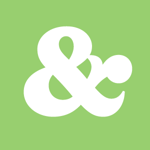
À propos Hoefler & Co.
Famous for designing long-lived typefaces marked by high performance and high style, Hoefler&Co creates the fonts that give voice to the world’s foremost institutions, publications, causes, and brands. With a library of 1,500 fonts designed for print, web, office, and mobile fonts, Hoefler&Co is everywhere. Their typefaces shaped the presidential campaigns of Barack Obama and Joe Biden; they’re on the cornerstone of One World Trade Center and on every iPhone ever made. They serve brands from Delta Air Lines to Tiffany & Co., publications from Harper’s Bazaar to The New York Times, institutions such as the Guggenheim Museum, The Public Theater, and New York University, and non-profit organizations including the Natural Resources Defense Council, the Southern Poverty Law Center, and The Peconic Land Trust. The Premium foundry page can be viewed Here.
En savoir plus
Lire moins





